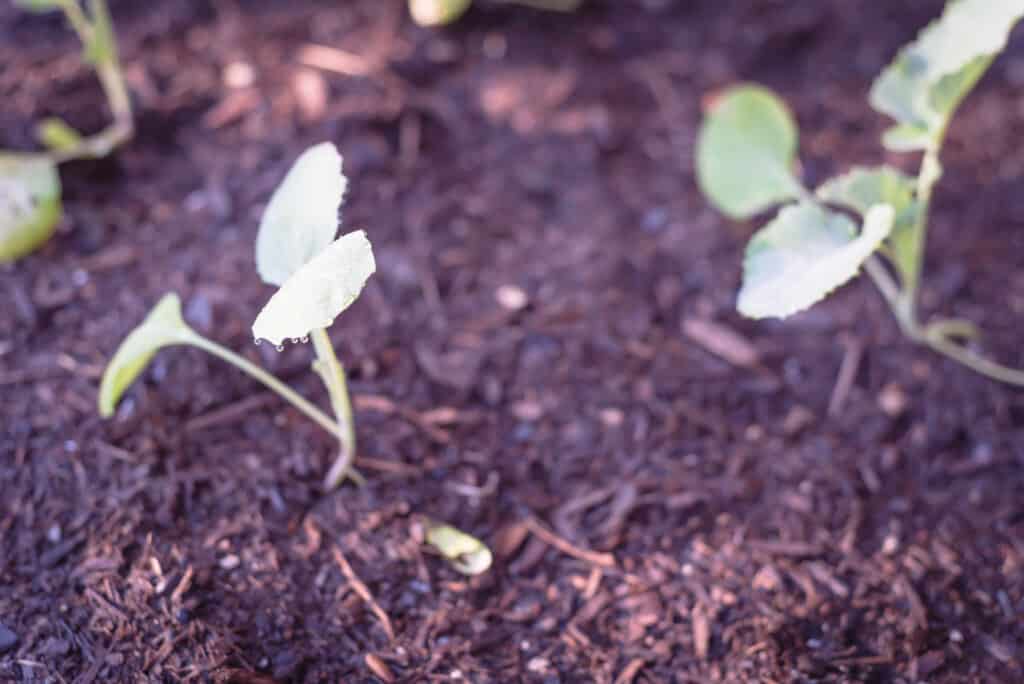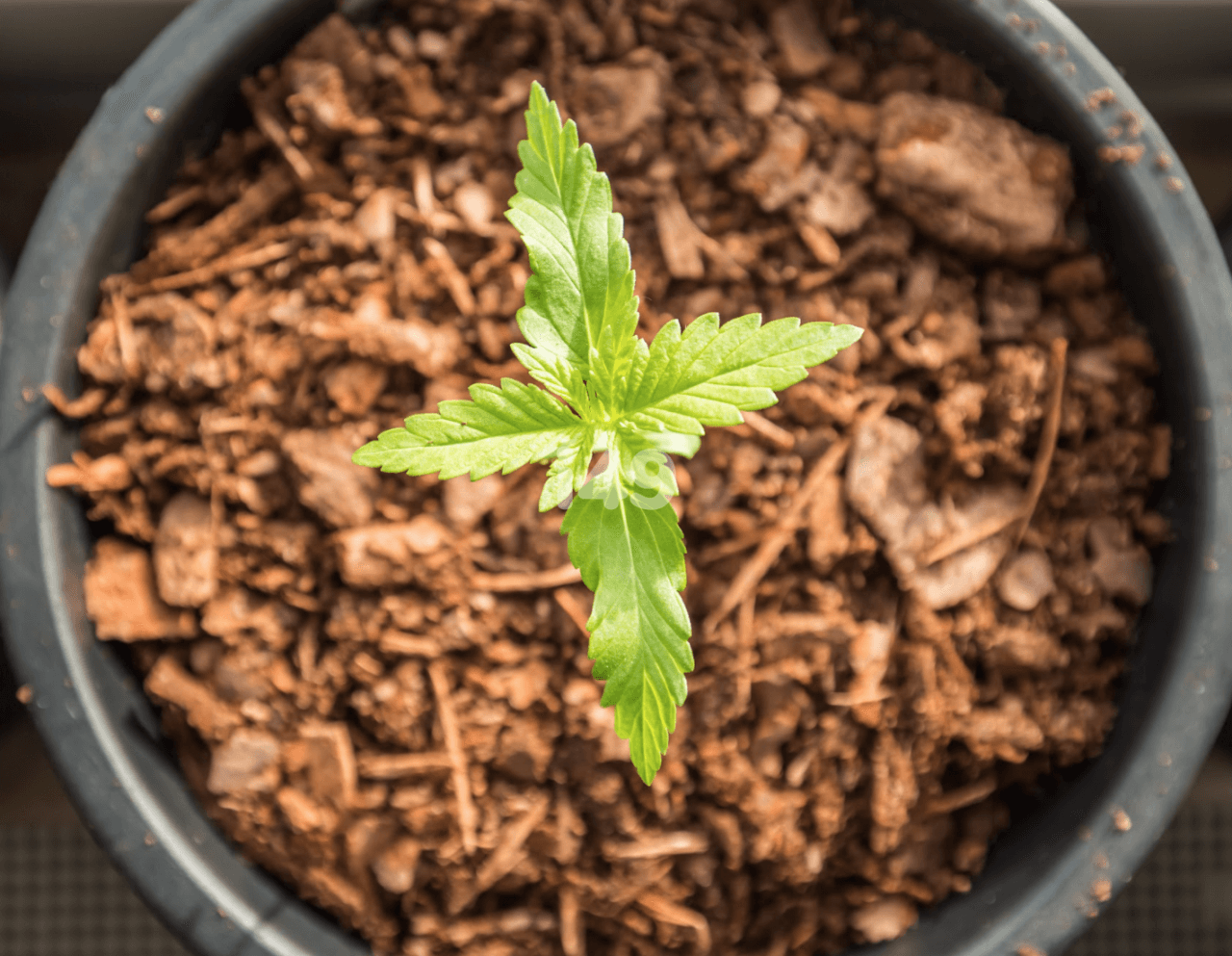
Radishes’ most common issues are related to heat and water. Harvest the radishes within 30 days and let the other root crops continue growing. The radishes will germinate and mature well before their planting partners, which need just about a spring radish distance between their roots. Spring radishes are often interplanted with carrots or parsnips. Radishes are a cool-weather crop and will grow best in spring and fall, but they can be grown throughout the summer except in the hottest parts of the country. Winter radishes take longer to grow, but they can be stored for up to 6 months. Spring radishes are small and quick growing they can be harvested in as few as 3 weeks! There are two main types of radishes: spring types and winter types. You can also watch our video for vegetable garden problems and solutions on YouTube. Would you like a reminder of this post for why radishes don’t bulb? Just pin this image to one of your gardening boards on Pinterest so that you can easily find it later. By following proper planting and taking care of thinning, watering and soil needs, you can expect to enjoy a salad with your favorite radishes in about three weeks! Pin this post for growing radishes That way you will always have some ready.Įven though there are several problems that you may encounter when growing radishes, they are worth the effort. If the reason for leaving the radishes growing longer is that you have more than you need, try succession planting every few weeks. Many radishes form perfectly in just 20 days, so harvesting soon and often is the key to tender and crisp radishes. Radish bulbs will become too woody if they are left in the ground for more than 30 to 50 days after sowing the seeds. Too alkaline a soil may result in no bulbs forming. Soil pH can be another reason for a lack of bulbs. If you grow radishes in areas with lots of rainfall in the spring, the soil may get heavy and waterlogged which can make the plant stop producing bulbs.Īlso take care not to add too much nitrogen to the soil, since this will promote leafy tops instead of bulbs. If the soil is too compacted, the bulbs will have problems forming. To sow radish seeds properly, plant them 1/4 to 1/2 inches deep in very loose soil and take care not to crowd the seeds. Without this room, they either won’t develop or will form long and thin shapes. Radishes need plenty of room for their roots to develop into those desirable round shapes. 

This makes it hard for the radishes to form bulbs.

Radish seeds are tiny and it is easy to sow them much too closely together. In fact, many of the reasons are self inflicted by not avoiding the common vegetable gardening mistake of not thinning seedlings! Sowing radish seeds too thickly and soil problems This can happen for several reasons and some of the causes are easily fixed.
RADISH SEEDLINGS FALLING OVER HOW TO
Keep reading to learn the reasons radishes don’t develop as well as how to fix other radish growing problems. The good news is that radishes grow very quickly, – often in just 20 days – so once you know the reason for radishes not bulbing, you have lots of time to try again with a new crop. Expecting to pull out these roots only to discover that you have just a handful of greens and long and thin radishes is a big disappointment. Radishes – raphanus sativus – have edible greens which can be used in salads, but the main reason they are grown is for their crunchy and spicy round root. Do you have a problem with radishes not growing bulbs? This is a common issue in a vegetable garden.







 0 kommentar(er)
0 kommentar(er)
